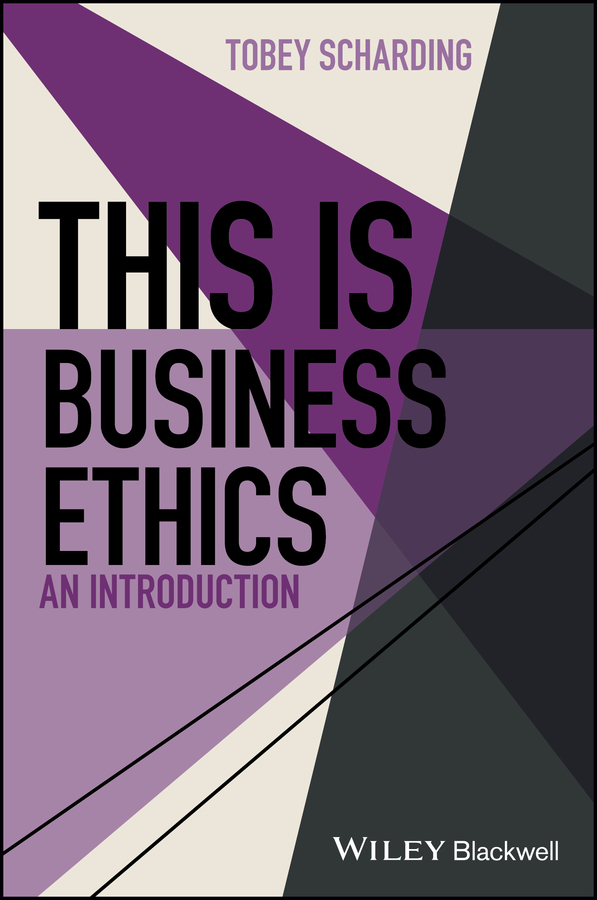
Table of Contents
List of Tables
- Chapter 04
Guide
Pages

THIS IS BUSINESS ETHICS
Series editor: Steven D. Hales
Reading philosophy can be like trying to ride a bucking broncoyou hold on for dear life while transcendental deduction twists you to one side, causa sui throws you to the other, and a 300word, 300yearold sentence comes down on you like an ironshod hoof the size of a dinner plate. This Is Philosophy is the riding academy that solves these problems. Each book in the series is written by an expert who knows how to gently guide students into the subject regardless of the readers ability or previous level of knowledge. Their readerfriendly prose is designed to help students find their way into the fascinating, challenging ideas that compose philosophy without simply sticking the hapless novice on the back of the bronco, as so many texts do. All the books in the series provide ample pedagogical aids, including links to free online primary sources. When students are ready to take the next step in their philosophical education, This Is Philosophy is right there with them to help them along the way.
This Is Philosophy: An Introduction
Steven D. Hales
This Is Philosophy of Mind: An Introduction
Pete Mandik
This Is Ethics: An Introduction
Jussi Suikkanen
This Is Political Philosophy: An Introduction
Alex Tuckness and Clark Wolf
This Is Business Ethics: An Introduction
Tobey Scharding
Forthcoming:
This is Early Modern Philosophy
Kurt Smith
This Is Environmental Ethics
Wendy Lee
This is Epistemology
Clayton Littlejohn and Adam Carter
This is Metaphysics
Kris McDaniel
This Is Bioethics: An Introduction
Udo Schuklenk
THIS IS BUSINESS ETHICS
AN INTRODUCTION
TOBEY SCHARDING
This edition first published 2018
2018 John Wiley & Sons, Inc.
All rights reserved. No part of this publication may be reproduced, stored in a retrieval system, or transmitted, in any form or by any means, electronic, mechanical, photocopying, recording or otherwise, except as permitted by law. Advice on how to obtain permission to reuse material from this title is available at http://www.wiley.com/go/permissions.
The right of Tobey Scharding to be identified as the author of this work has been asserted in accordance with law.
Registered Office
John Wiley & Sons, Inc., 111 River Street, Hoboken, NJ 07030, USA
Editorial Office
9600 Garsington Road, Oxford, OX4 2DQ, UK
For details of our global editorial offices, customer services, and more information about Wiley products visit us at www.wiley.com.
Wiley also publishes its books in a variety of electronic formats and by printondemand. Some content that appears in standard print versions of this book may not be available in other formats.
Limit of Liability/Disclaimer of Warranty
While the publisher and authors have used their best efforts in preparing this work, they make no representations or warranties with respect to the accuracy or completeness of the contents of this work and specifically disclaim all warranties, including without limitation any implied warranties of merchantability or fitness for a particular purpose. No warranty may be created or extended by sales representatives, written sales materials or promotional statements for this work. The fact that an organization, website, or product is referred to in this work as a citation and/or potential source of further information does not mean that the publisher and authors endorse the information or services the organization, website, or product may provide or recommendations it may make. This work is sold with the understanding that the publisher is not engaged in rendering professional services. The advice and strategies contained herein may not be suitable for your situation. You should consult with a specialist where appropriate. Further, readers should be aware that websites listed in this work may have changed or disappeared between when this work was written and when it is read. Neither the publisher nor authors shall be liable for any loss of profit or any other commercial damages, including but not limited to special, incidental, consequential, or other damages.
Library of Congress CataloginginPublication data applied for
Hardback ISBN: 9781119055051
Paperback ISBN: 9781119055044
Cover design by Wiley
PREFACE
A company learns that one of its products has a safety flaw, which makes it seriously dangerous to consumers. A large number of these products have already been manufactured, and it will be expensive for the company to repair the products. The company calculates that it would cost them more to repair the safety flaw than to compensate the people who will be injured by it. What should they do?
Another company operates in areas with weak labor markets, in which there are always many workers who are desperate to earn money. The company pays its employees very low wages, denies them employment benefits, such as paid sick leave and health insurance, and requires them to work very hard. Although the workers are miserable, the companys owners earn huge profits. What should they do?
A third company does business in an environmentally fragile part of the world. Part of its business has the potential to create a large amount of pollution if an accident occurs. In an attempt to lower costs, the company reduces its safety standards to protect against the potential pollution. An accident occurs and the pollution escapes, devastating the fragile environment around it. What should the company do?
A finance company is very optimistic about its business initiatives potentials to earn high profits. It is so confident about the potential for profit that it credits those profits to its ledger right away: as soon as the business executives come up with their great ideas. This exposes the business owners to great risk if those profits fail to come through. But the executives are very confident about their ideas. What should they do?
In each of these cases, companies face decisions about what is the right thing to do. For some of the cases, you may have an idea about what the company should do. (Sometimes we think of these internal ideas as our conscience talking to us; ethicists also call these inner thoughts intuitions.) But how do you know if your idea is the right one? What if one of your friends, or the CEO of the company, has a different idea about what is the right thing to do? The point of business ethics is to solve, or work on solving, dilemmas like these. Business ethics offers distinctive decisionmaking strategies to recommend what the business should do in problematic circumstances. These decisionmaking strategies also provide reasons that it is the right thing for the business to do what the decisionmaking strategy recommends.
Students come to business ethics from a variety of perspectives. Some are concerned about unethical practices in the business community. Some are philosophy majors who want to understand how to apply philosophy to concerns that arise in their daily life. Others are business students who want to learn how to run their businesses more ethically or avoid scandals. All of these are good reasons to study business ethics. Students bring different intuitions about right and wrong to their studies. Their diverse perspectives enhance everyones experiences by allowing students to argue with one another (in a respectful and friendly way) about the various actions they think the businesses should take.
Next page


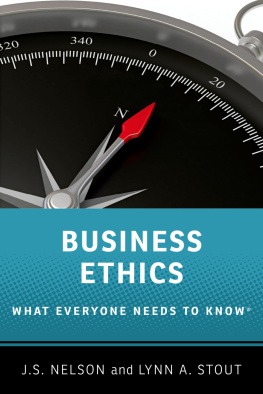
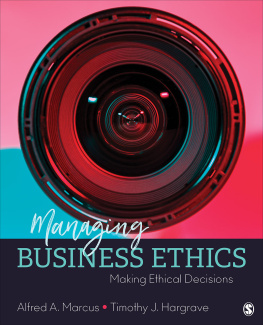
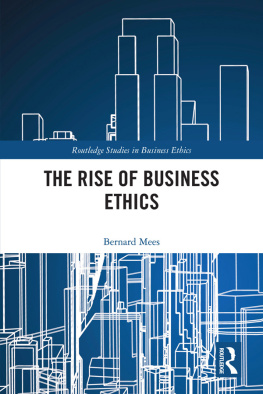
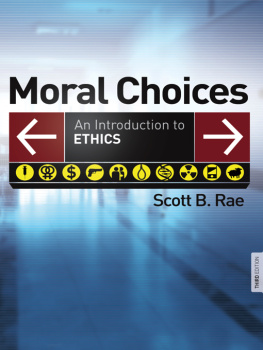
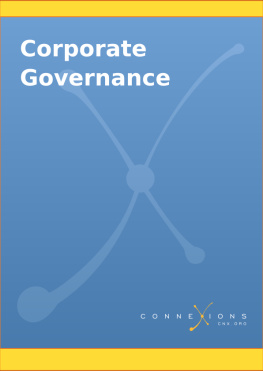
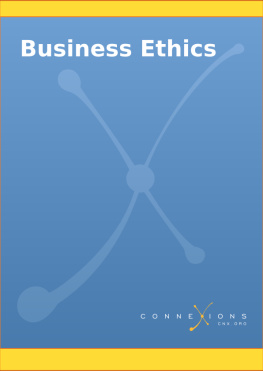

 THIS IS BUSINESS ETHICS
THIS IS BUSINESS ETHICS